Description
In two editions spanning more than a decade, The Electrical Engineering Handbook stands as the definitive reference to the multidisciplinary field of electrical engineering. Our knowledge continues to grow, and so does the Handbook. For the third edition, it has grown into a set of six books carefully focused on specialized areas or fields of study. Each one represents a concise yet definitive collection of key concepts, models, and equations in its respective domain, thoughtfully gathered for convenient access. Combined, they constitute the most comprehensive, authoritative resource available.
Circuits, Signals, and Speech and Image Processing presents all of the basic information related to electric circuits and components, analysis of circuits, the use of the Laplace transform, as well as signal, speech, and image processing using filters and algorithms. It also examines emerging areas such as text to speech synthesis, real-time processing, and embedded signal processing.
Electronics, Power Electronics, Optoelectronics, Microwaves, Electromagnetics, and Radar delves into the fields of electronics, integrated circuits, power electronics, optoelectronics, electromagnetics, light waves, and radar, supplying all of the basic information required for a deep understanding of each area. It also devotes a section to electrical effects and devices and explores the emerging fields of microlithography and power electronics.
Sensors, Nanoscience, Biomedical Engineering, and Instruments provides thorough coverage of sensors, materials and nanoscience, instruments and measurements, and biomedical systems and devices, including all of the basic information required to thoroughly understand each area. It explores the emerging fields of sensors, nanotechnologies, and biological effects.
Broadcasting and Optical Communication Technology explores communications, information theory, and devices, covering all of the basic information needed for a thorough understanding of these areas. It also examines the emerging areas of adaptive estimation and optical communication.
Computers, Software Engineering, and Digital Devices examines digital and logical devices, displays, testing, software, and computers, presenting the fundamental concepts needed to ensure a thorough understanding of each field. It treats the emerging fields of programmable logic, hardware description languages, and parallel computing in detail.
Systems, Controls, Embedded Systems, Energy, and Machines explores in detail the fields of energy devices, machines, and systems as well as control systems. It provides all of the fundamental concepts needed for thorough, in-depth understanding of each area and devotes special attention to the emerging area of embedded systems.
Encompassing the work of the world’s foremost experts in their respective specialties, The Electrical Engineering Handbook, Third Edition remains the most convenient, reliable source of information available. This edition features the latest developments, the broadest scope of coverage, and new material on nanotechnologies, fuel cells, embedded systems, and biometrics. The engineering community has relied on the Handbook for more than twelve years, and it will continue to be a platform to launch the next wave of advancements.
The Handbook’s latest incarnation features a protective slipcase, which helps you stay organized without overwhelming your bookshelf. It is an attractive addition to any collection, and will help keep each volume of the Handbook as fresh as your latest research.
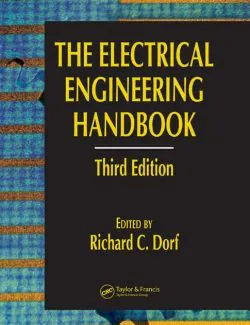
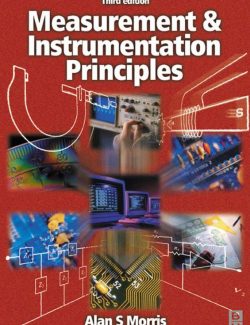
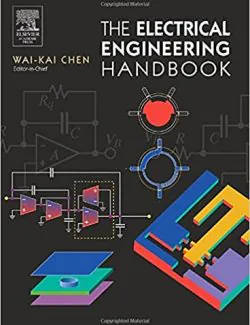
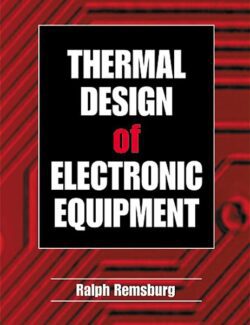
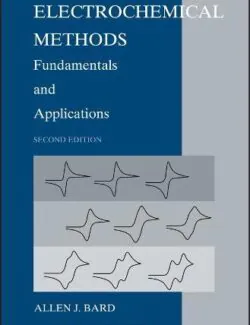

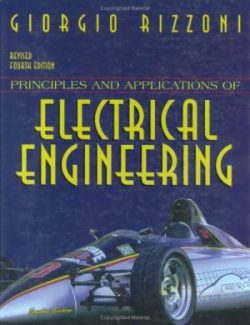
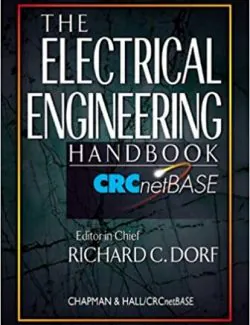
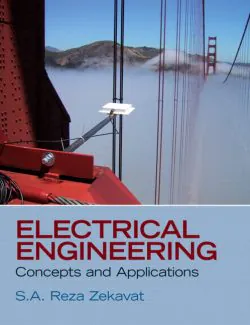
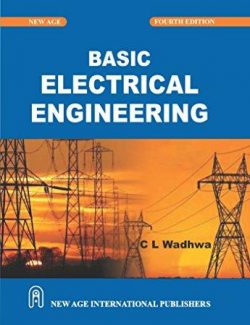
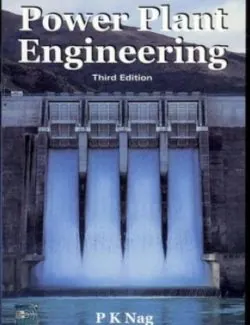


Leave us a comment
No Comments